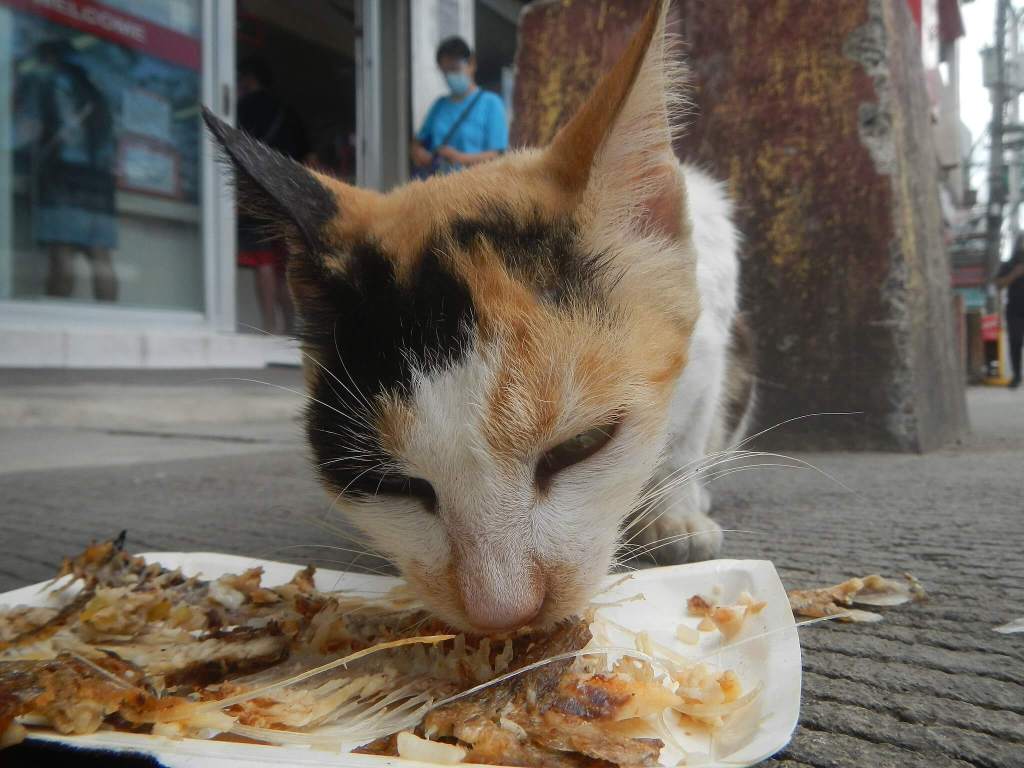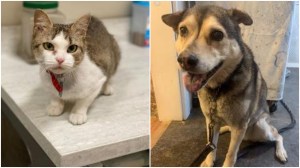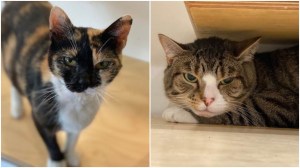Cats, like all other animals, thrive with a healthy diet and nutrition. Cats are obligate carnivores, meaning they need animal protein to survive. But in 1962, Purina, a maker of feed for farm animals at the time, introduced a convenient formulated cat food known as kibble to market. Much like the ingredients found in human-grade processed foods, kibble is coated with fat, salt, and sugar, which not only explains why cats like it, but why they develop nutritional issues and dental disease down the road. In fact, 70% of cats today have already developed some form of dental disease.
Christine Filardi, behavioral nutritionist, owner of BowMeowRaw, and author of Home Cooking for your Dog: 75 Holistic Recipes for a Healthier Dog, explains how humans easily and quickly embraced the convenience of kibble for their pets.
Filardi refers to the book From Needles to Natural, by Judy Morgan, D.V.M., saying “The large pet food companies courted us. They supplied free food to the school for animals in the hospital and free food for students with pets.” So, it’s easy to see how kibble gained popularity amongst professionals and pet owners alike.
According to Filardi, there is not one healthy kibble on the market, and commercial wet canned food comes with a host of issues as well. She says, “It’s best to wean your cat off of commercial pet food all together. Some great alternatives include animal proteins such as duck, chicken, beef, turkey, sardines, salmon, and tuna.” Doing so will save you some money too.
In fact, most food and big box stores sell wild Alaskan salmon, tuna, and other canned proteins often yielding 4 to 5 servings per can for the same cost of one small can of cat food. And despite popular consensus, the addition of supplements including taurine is not needed, says Filardi. The raw or cooked animal protein in cat food contains all the natural taurine their systems require.
It’s important to note that making the transition and getting cats used to a new diet can take some time, typically a few weeks. “First, move them to a quality canned cat food. Then gradually remove some of the canned cat food and add in some real animal protein. Keep an eye out for digestive upset. The cat’s stool is always the best indicator of this. On a biologically appropriate diet that consists of 90% to 100% animal protein, a cat will drink less water and eliminate much less,” says Filardi.
For more information, Filardi recommends reading the book Natural Nutrition for Cats: The Path to Purr-fect Health, by Kymythy R. Schultze, C.N., C.N.C. You can also visit Filardi’s website at bowmeowraw.com.


























